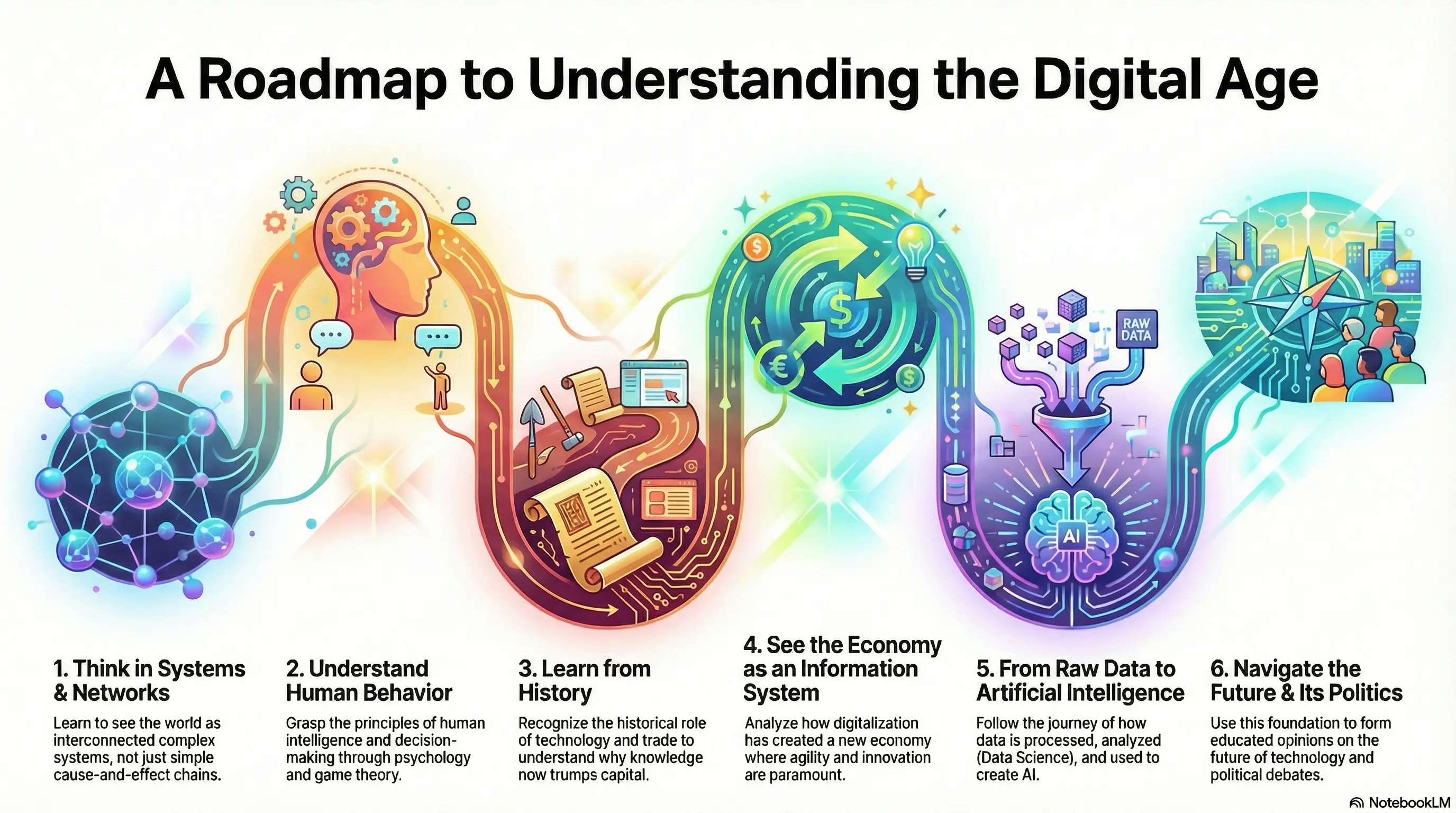
A Journey Through "The Complex Perspective" with NotebookLM
Ten years ago, I wrote “Die komplexe Perspektive” (the complex perspective) as a practical mental model for making sense of the digital economy. I’m revisiting those ideas using a set...

Ten years ago, I wrote “Die komplexe Perspektive” (the complex perspective) as a practical mental model for making sense of the digital economy. I’m revisiting those ideas using a set...

I really enjoyed working on the first story, so I tried again — this time also generating images with Google’s Nano Banana Pro. What I like most about this new...

This weekend I had a little time to play around — and ever since ChatGPT arrived back in 2022, I’ve been wondering when AI would be ready not just to...
The Thoughtworks Technology Radar has always been more than a list of tools. It captures what happens when technology moves from experimentation to everyday practice. In its 33rd edition, one...
I’m excited to share the first MVP release of NKP (aNalysis of Kotlin Programs), a command-line tool for analyzing Kotlin codebases and uncovering architectural insights.
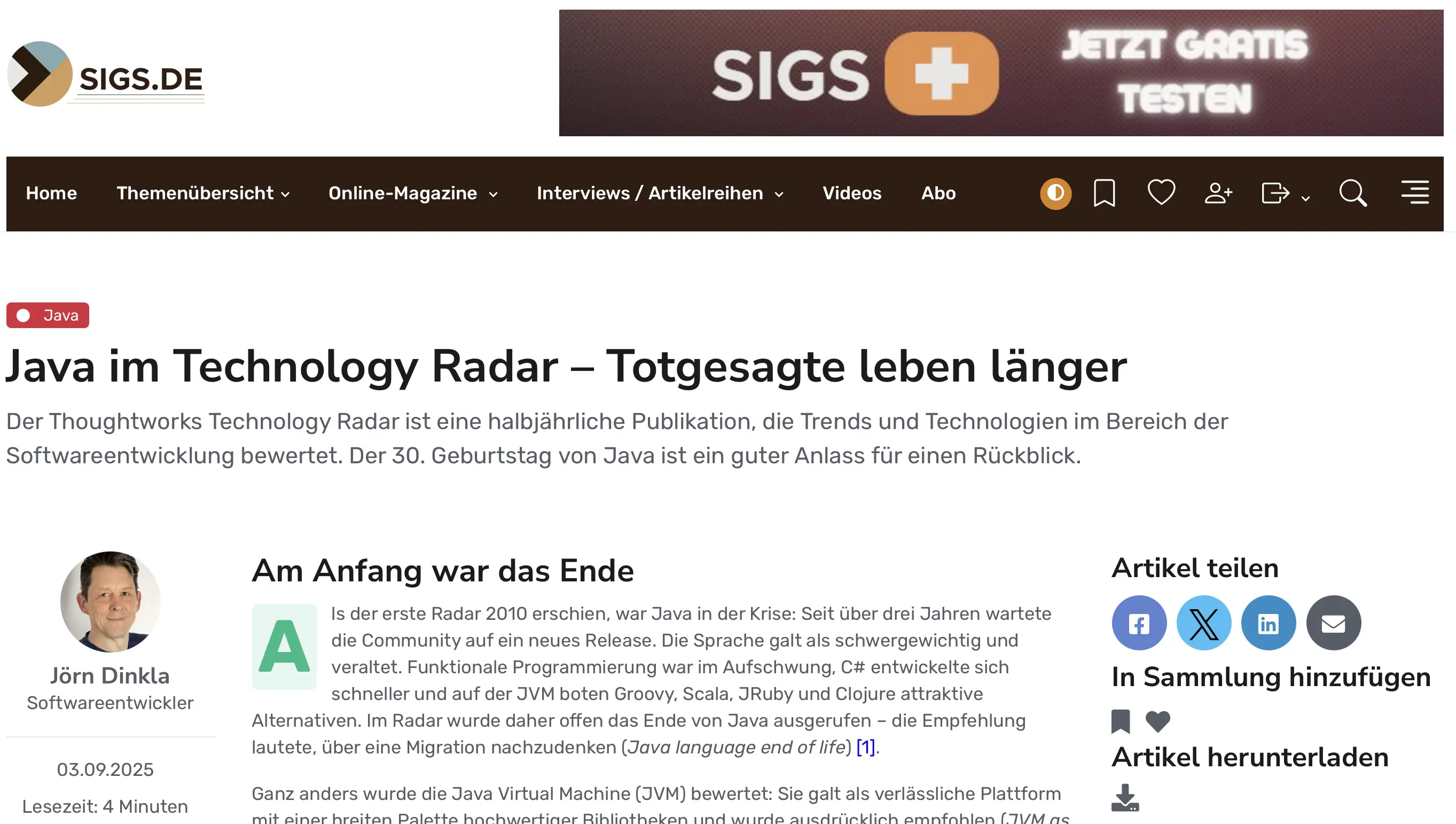
I’ve written a new article for JavaSpektrum: “Java im Technology Radar – Totgesagte leben länger”. The piece looks back at Java’s journey through the eyes of the Thoughtworks Technology Radar...
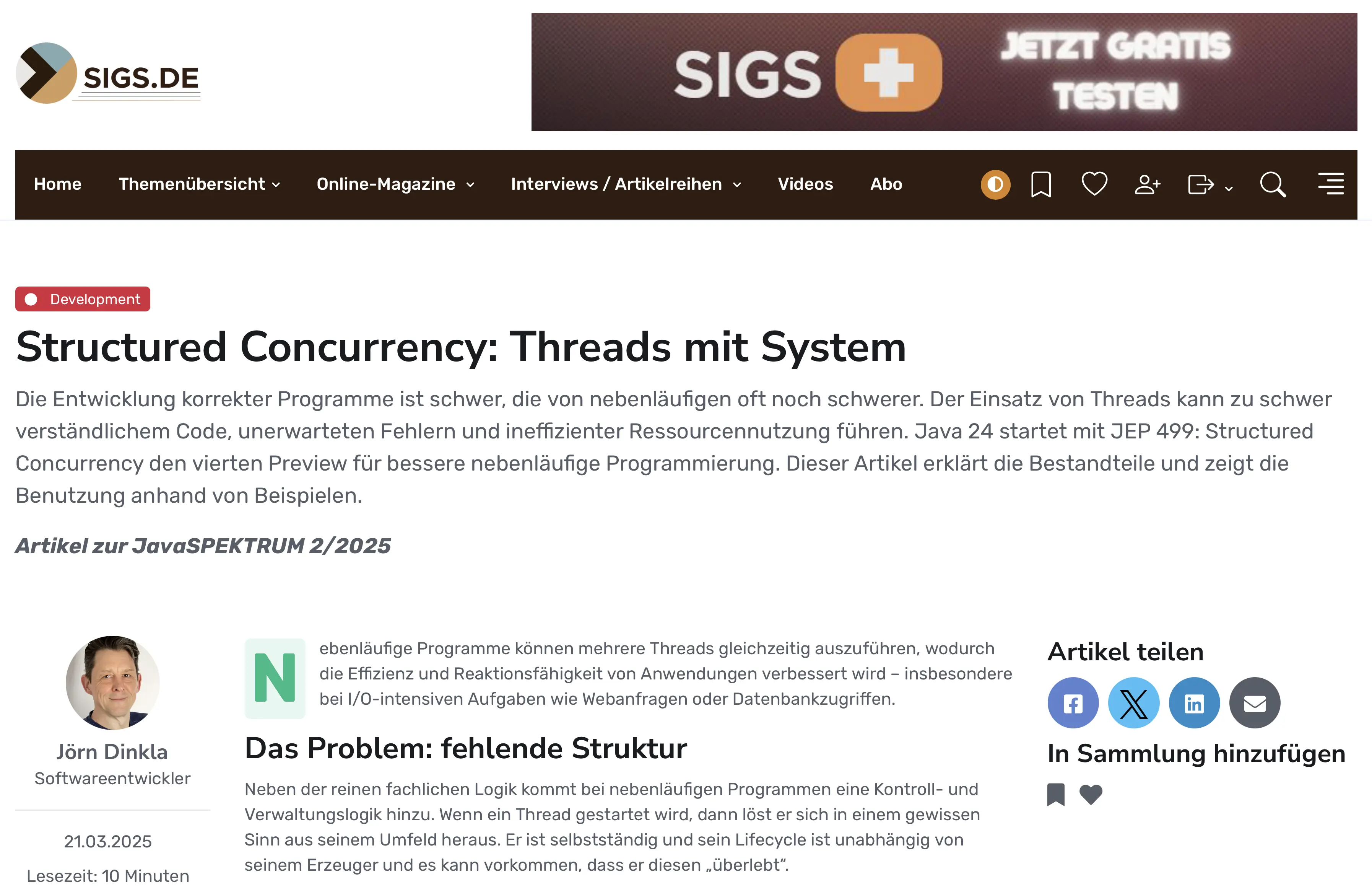
I’ve written an article for JavaSpektrum 2/2025 about Structured Concurrency in Java 24. The article covers JEP 499, Java’s fourth preview of Structured Concurrency, which aims to make concurrent programming...
As an external consultant in an Enabling Team for Cloud Architecture, I supported several teams and noticed that software development quality was lacking. This surprised me because the client was...
During the winter holidays I had some fun letting AIs discuss with each other about various topics. I personally like to chat with ChatGPT and challenge it (him/her) with difficult...
The advances of artificial intelligence in the last months are simply breath taking. It is now very easy to use “intelligent” APIs in your web app. In this example application...
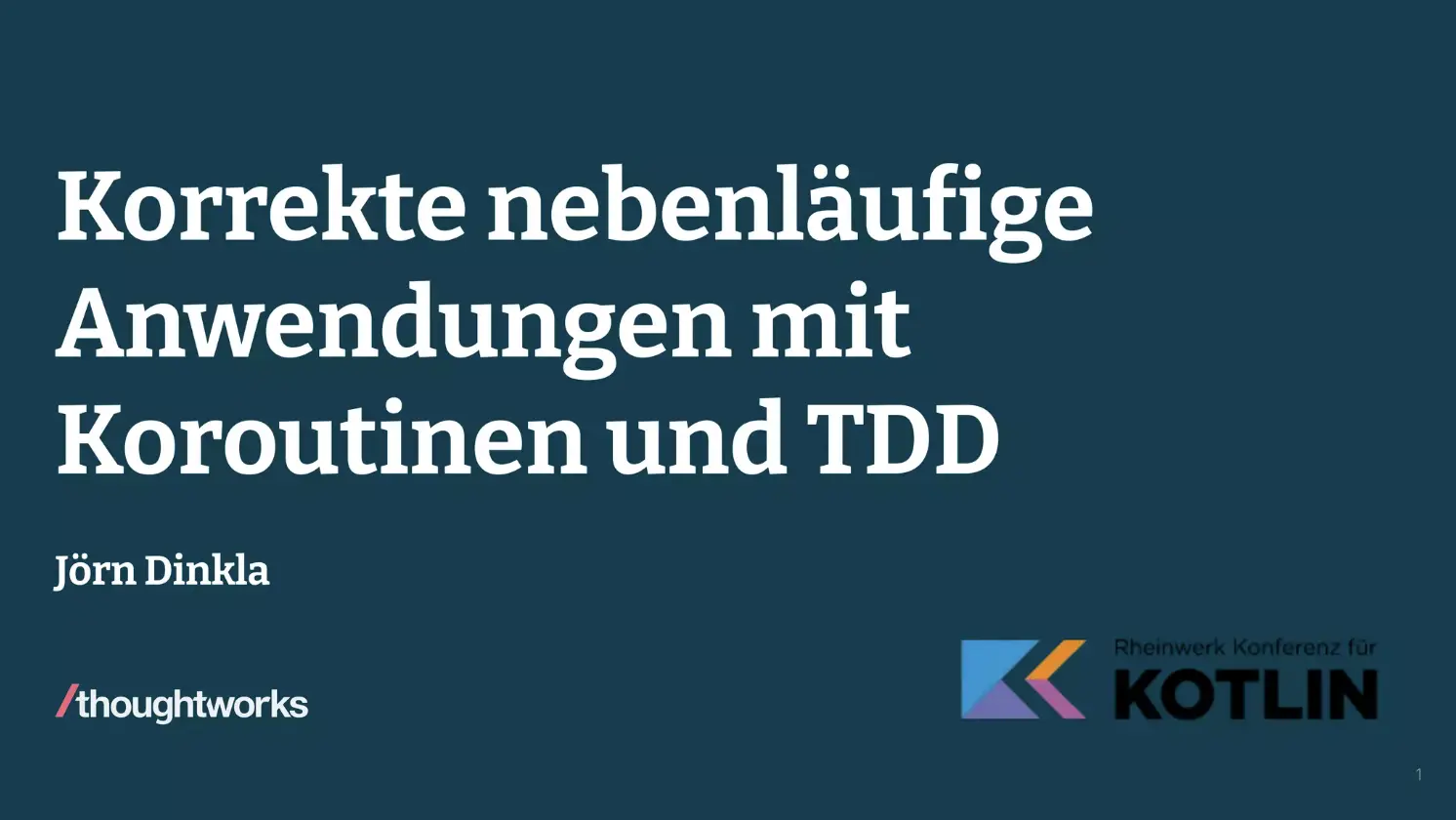
Concurrent and asynchronous applications can be written in Kotlin with coroutines in a precise and structured way. Unfortunately, concurrency often increases the complexity and it is difficult to create bug-free...

In my talk “Nebenläufigkeit mit Koroutinen strukturieren” at the KKon 2021 Warmup I explained how to structure and organize concurrent programs with coroutines in Kotlin.
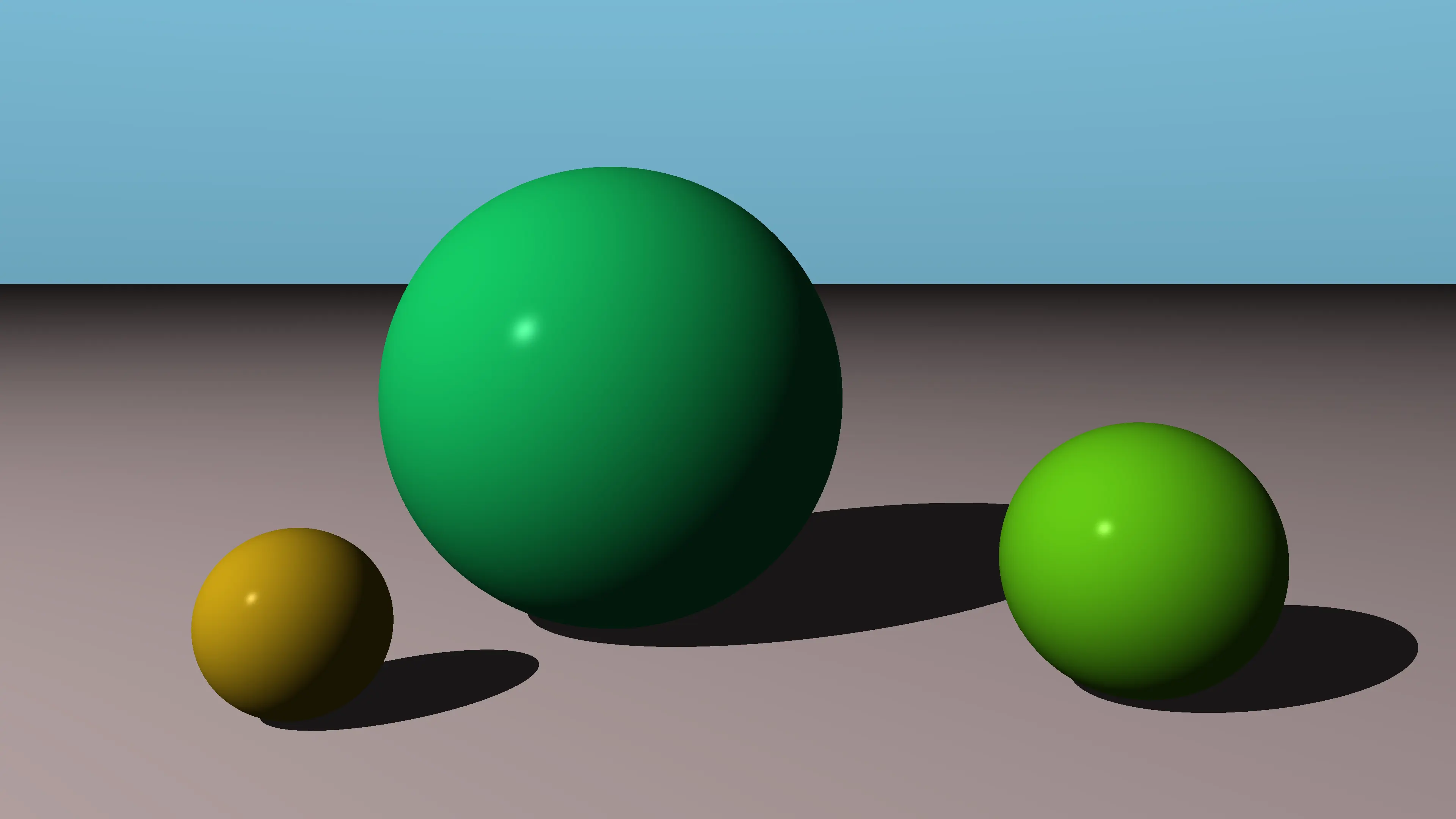
During the chrismas holiday I started a new ray tracer in Kotlin while following the book “The Ray Tracer Challenge.
I updated my website so that it looks new and shiny and provides faster and easier access.

At a client of ThoughtWorks I gave a talk about refactoring in line with the book “Mikado Method”. The book describes a method to plan and perform non-trivial refactorings of...

At a client of ThoughtWorks I gave a talk about the advantages of Kotlin.
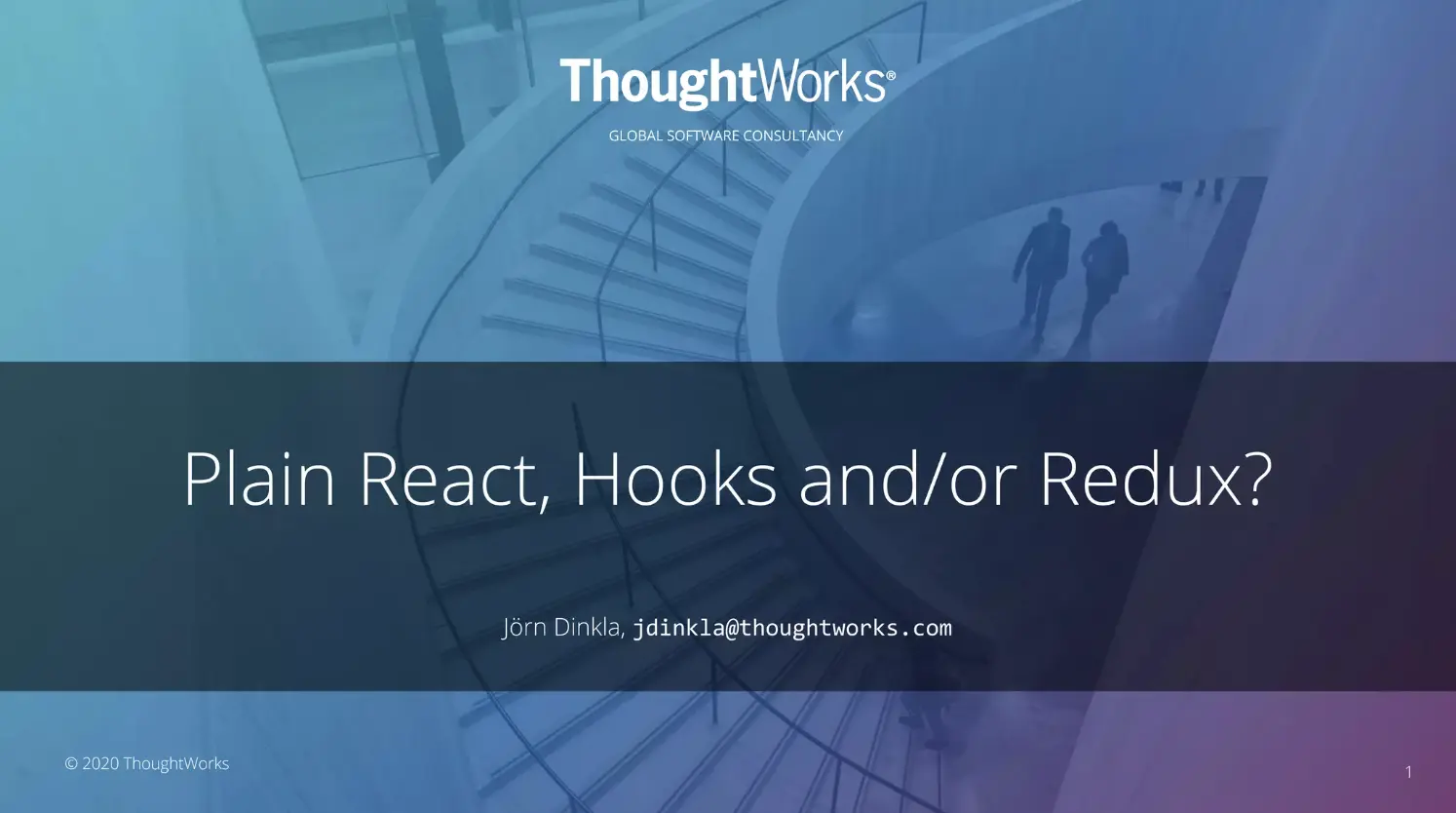
At a client of ThoughtWorks I gave a short presentation about three different ways of state management in React.
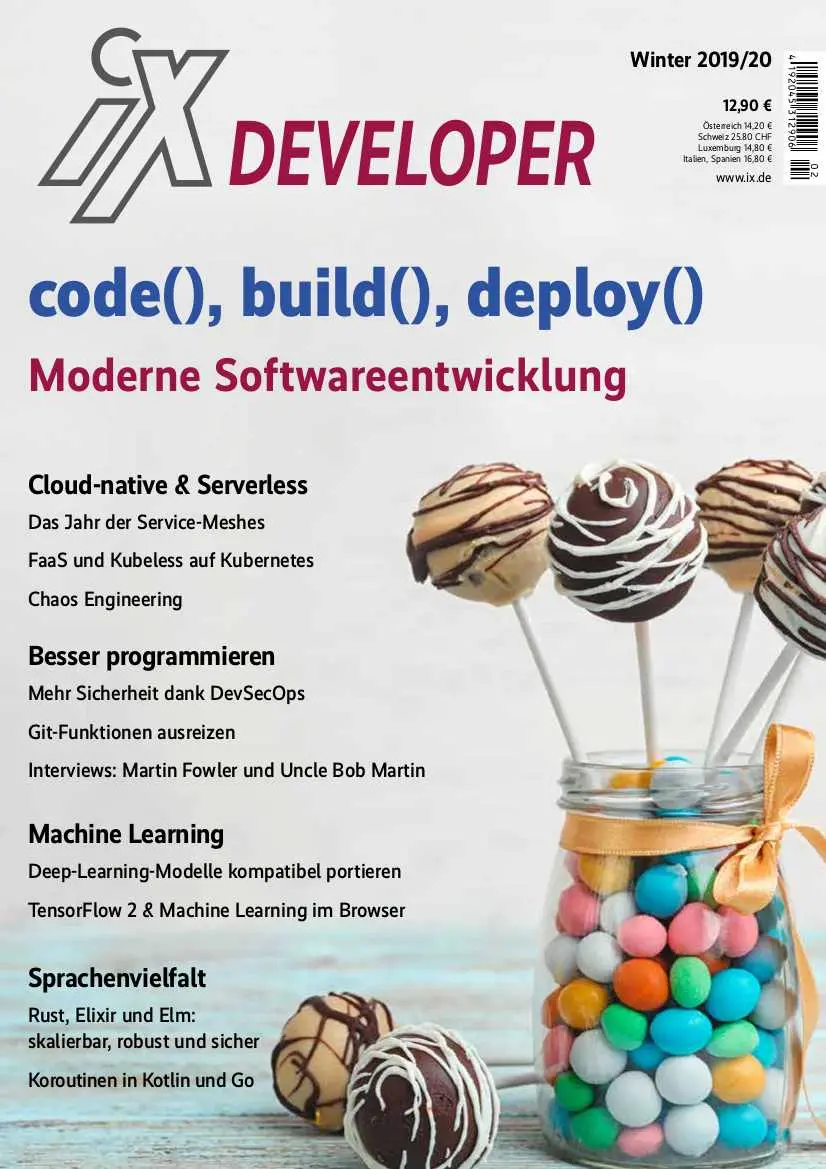
In the article “Verteilte Systeme: weniger warten, asynchron arbeiten” (distributed systems: less waiting, asychronous working) in the german magazine iX Developer Moderne Softwareentwicklung - code(), build(), deploy() I explain the...
I continued to work on migrating my ray tracer to Kotlin. Now the scenes can be specified with a Kotlin DSL and all Groovy code is gone.
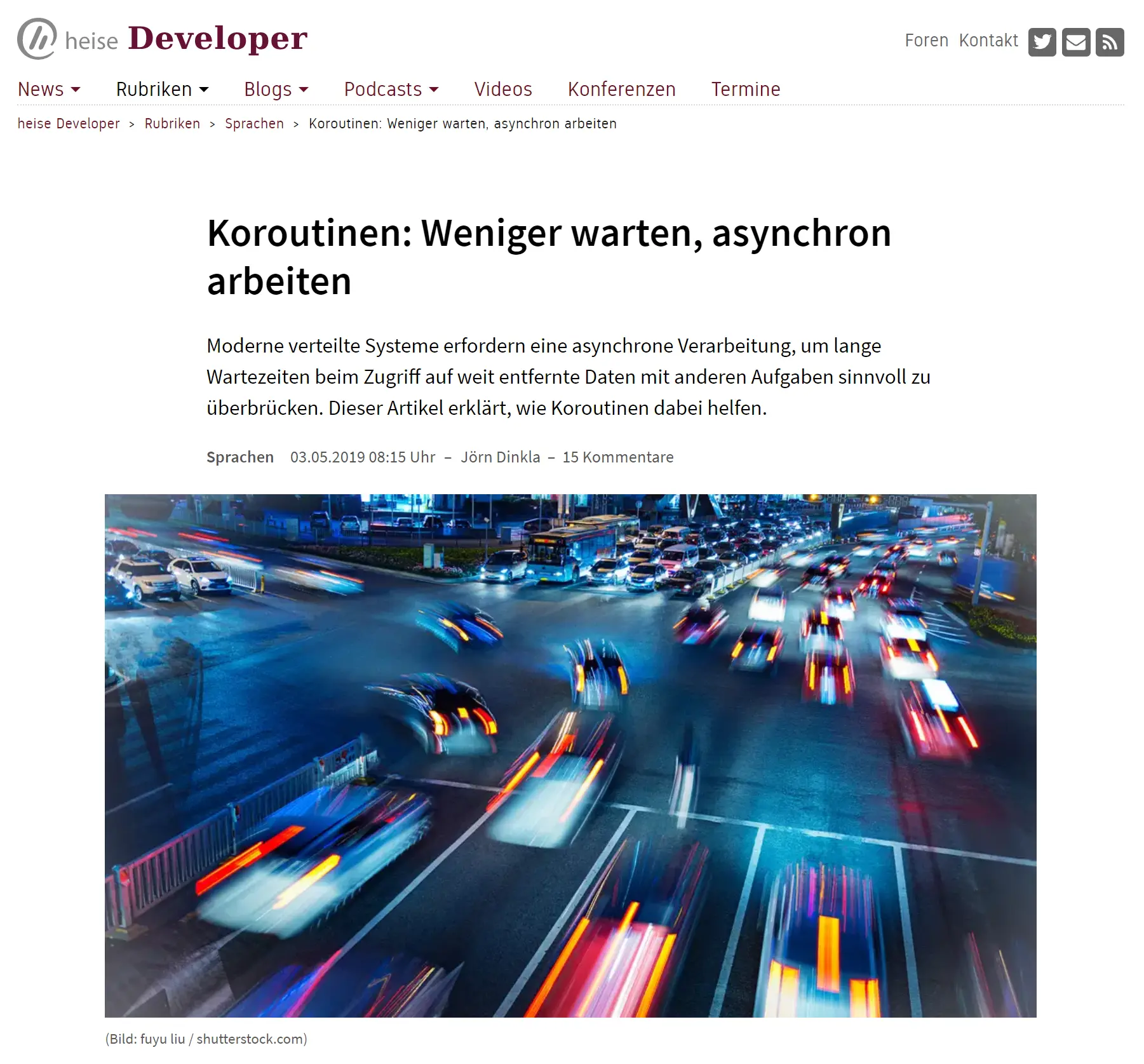
In the article “Weniger warten, asynchron arbeiten” (less waiting, asychronous working) published by heise Developer I explain the theoretical background of coroutines and how to use them in Kotlin and...
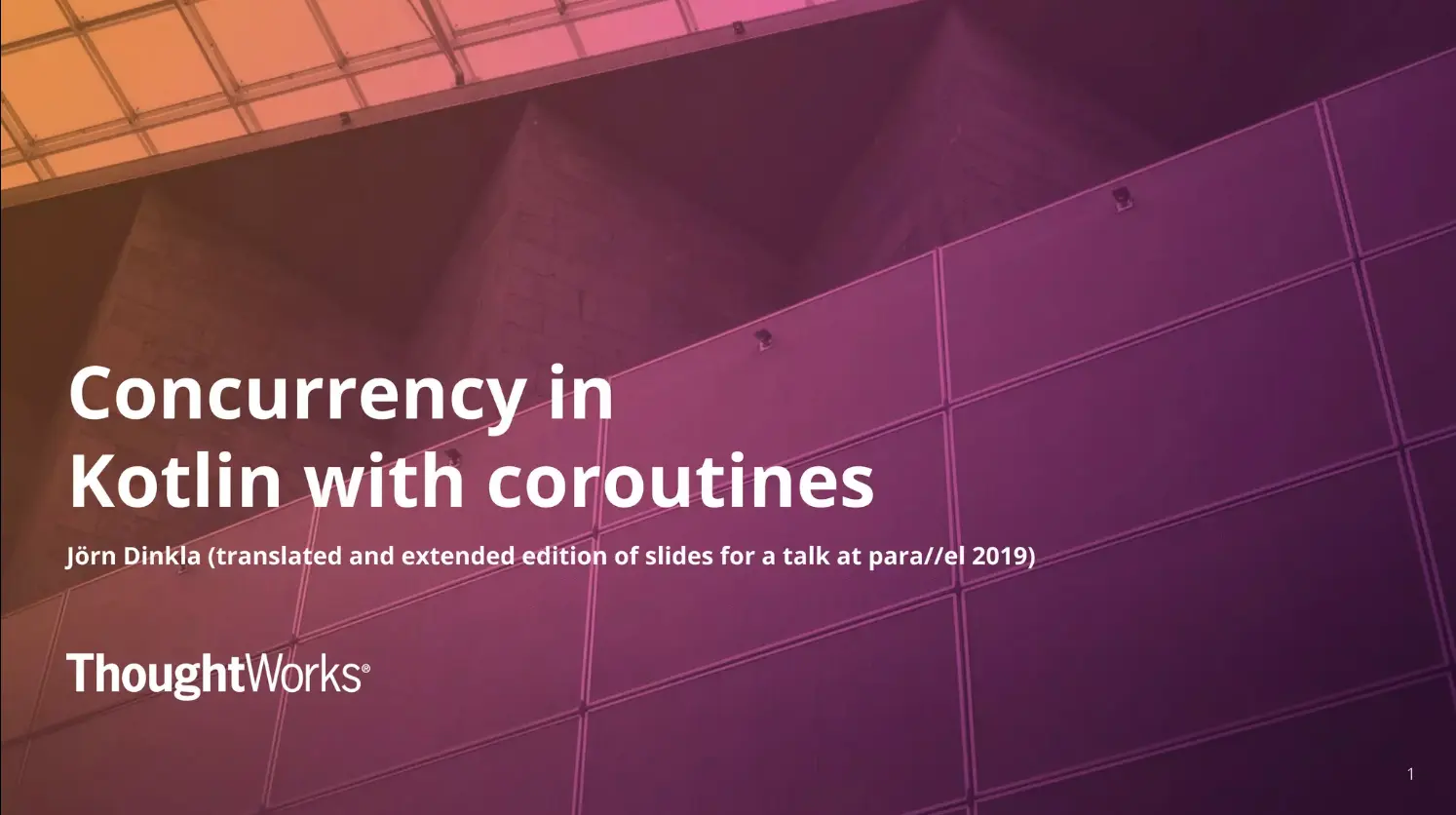
Coroutines are a “new” way to handle concurrency on the JVM. I gave an introduction to coroutines in Kotlin at Thoughtworks. This is basically the translation of the german slides....
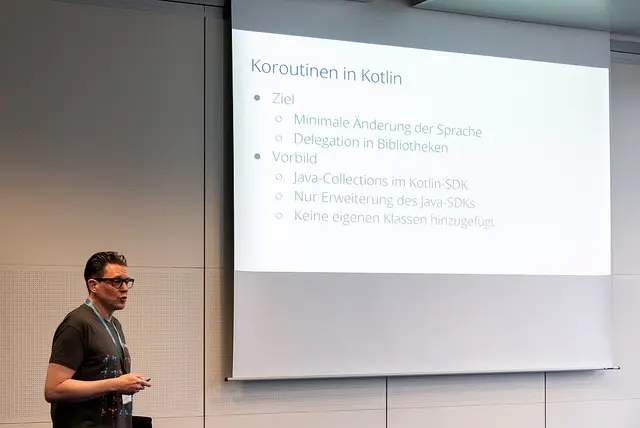
Coroutines are a “new” way to handle concurrency on the JVM. At the para//el 2019 conference, I gave an introduction to coroutines in Kotlin.
The fusion of Object Oriented Programming (OOP) and Functional Programming (FP) languages has become increasingly popular in recent years, with many programming languages now offering features and constructs from both...
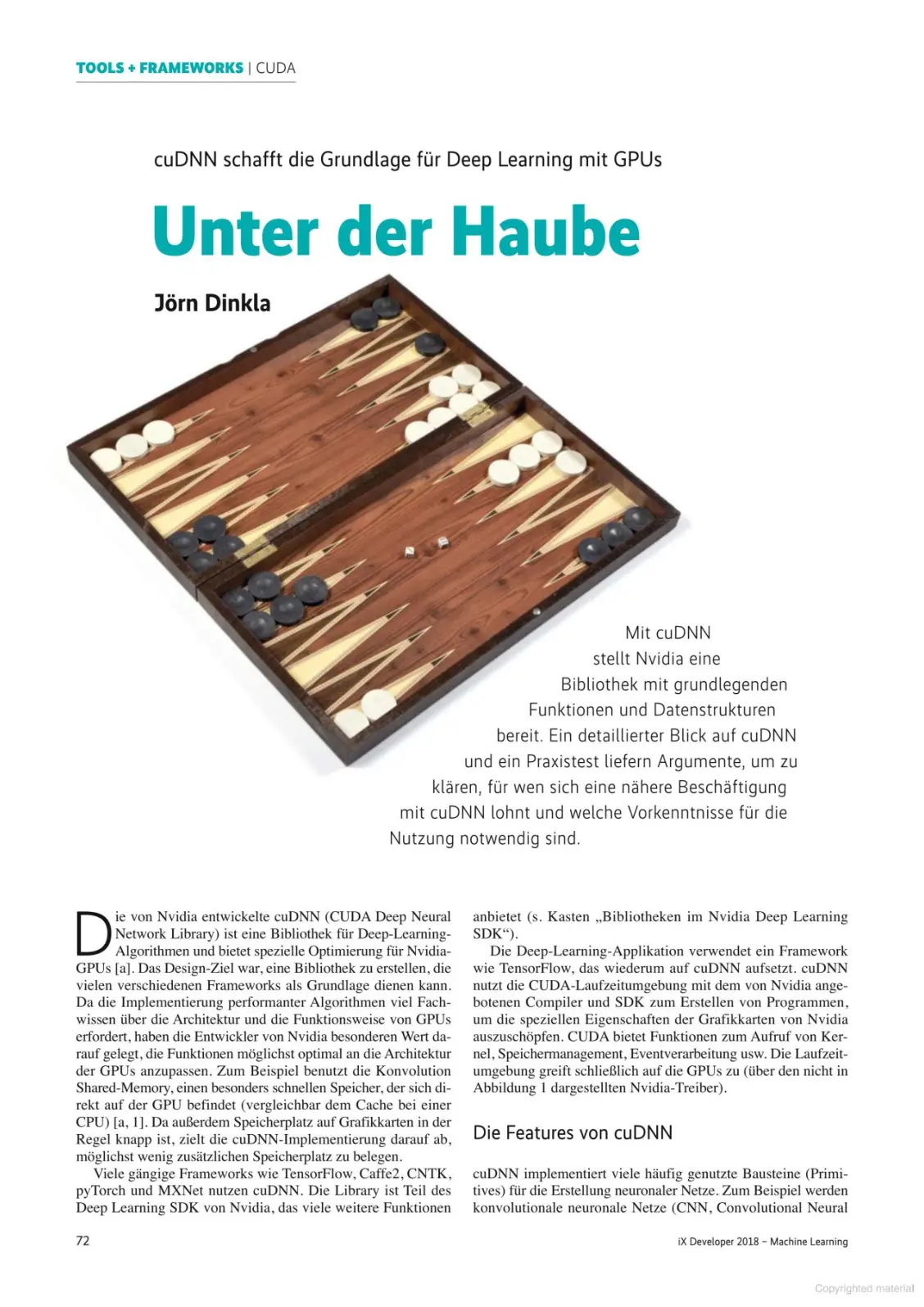
It’s very difficult to implement algorithms optimally for GPUs. Therefore NVIDIA provides the library cuDNN for deep learning with neural networks. This article published in the german magazine iX Developer...
I continued to work on migrating my ray tracer to Kotlin.
After reading the wonderful book Kotlin in Action I started to migrate my ray tracer from Java and Groovy to Kotlin.
In my first project for ThoughtWorks the backend is written in Clojure. Since the project was in Berlin, I visited the EuroClojure 2017 which takes place in Berlin this year,...
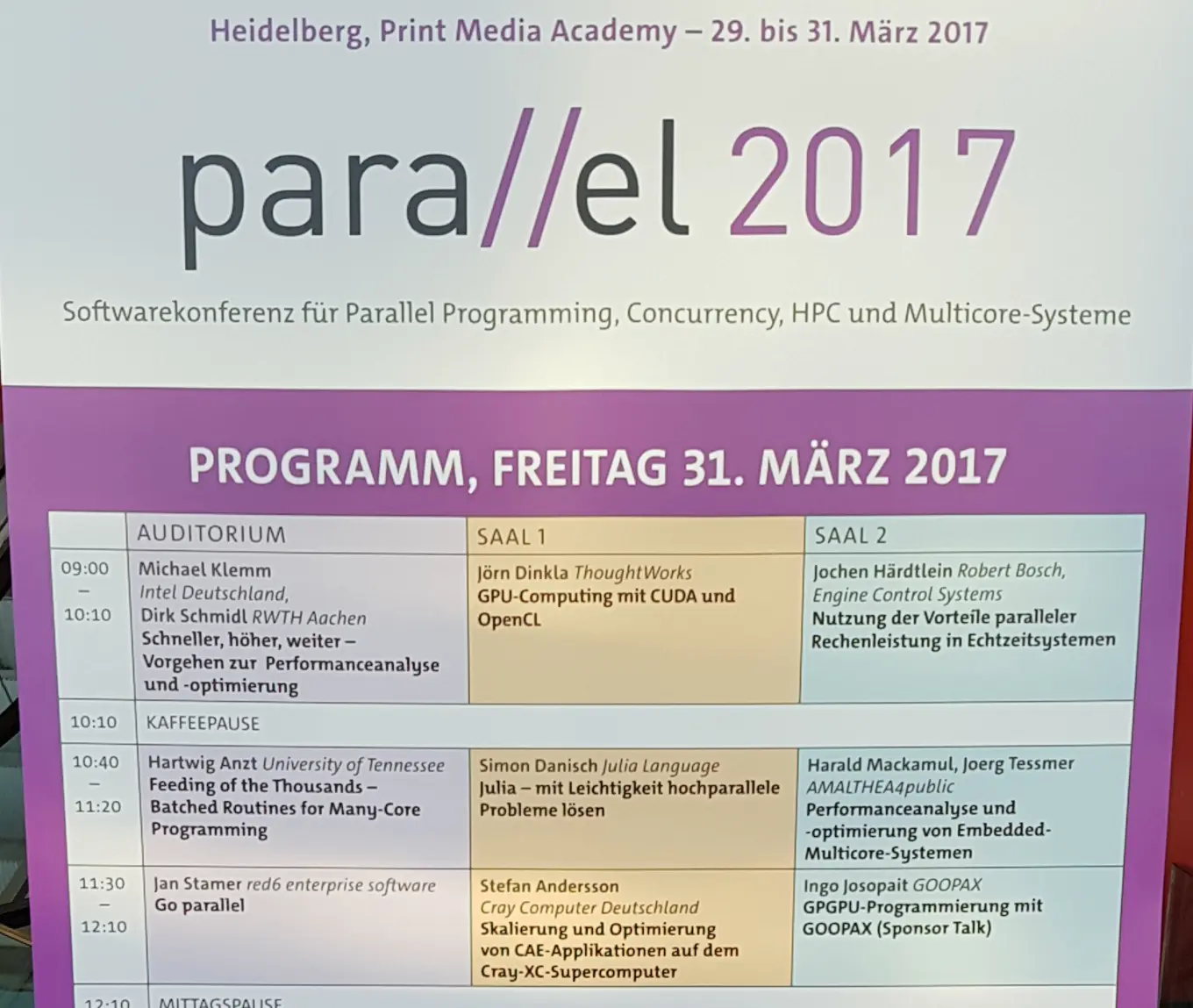
In March 2017 I gave a talk about GPU computing with CUDA and OpenCL at the para//el 2017 conference in Heidelberg, Germany.
After long considerations i decided to quit being a freelancer and joined ThoughtWorks in Hamburg, Germany.
CUDA 8.0 on Mac OS X 10.12 gave me the following error:
Today I released an updated version of the library of geometric algorithms.
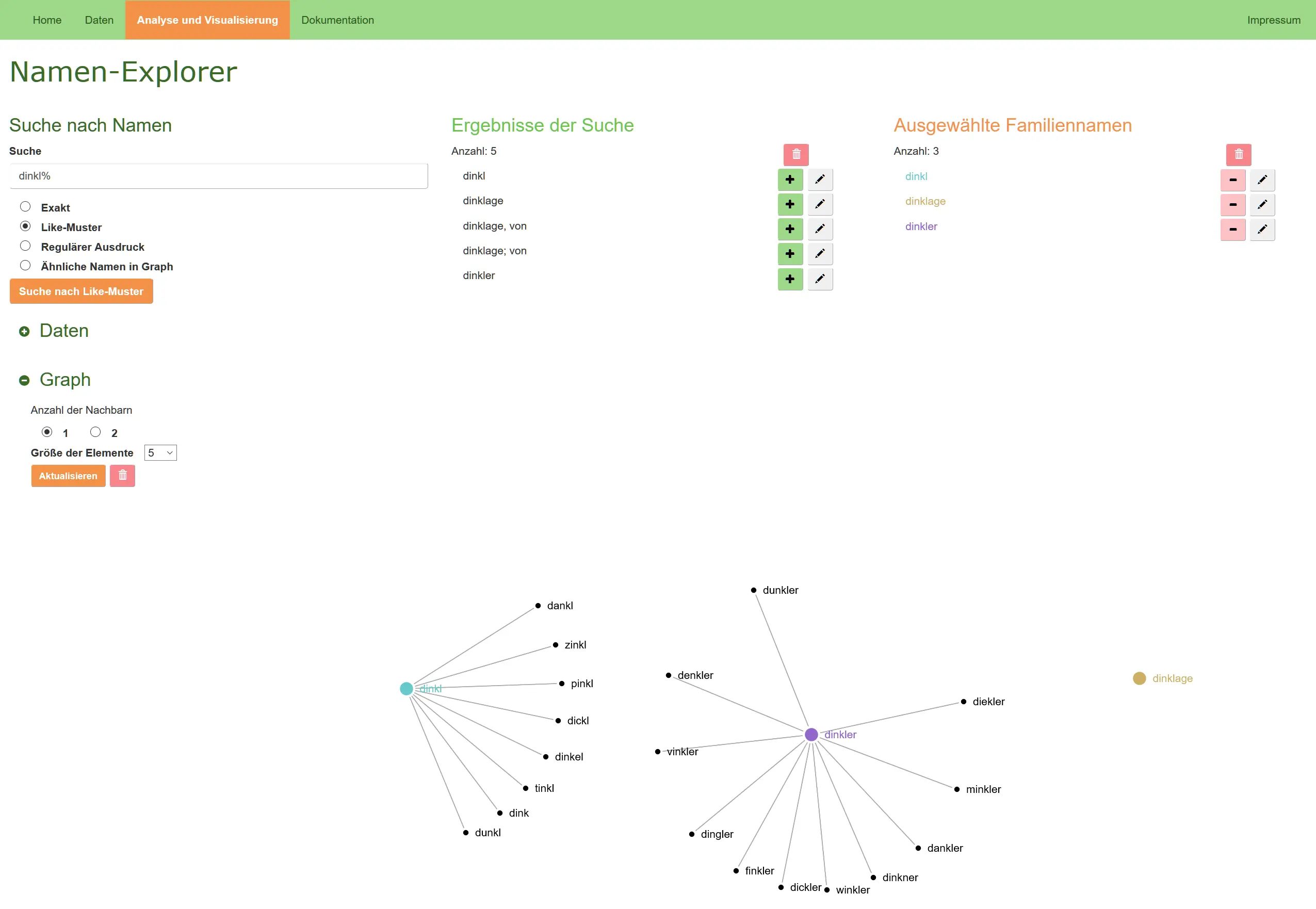
As part of the cultural hackathon Coding da Vinci Nord 2016, I built a web application for the analysis and visualization of the distribution of family names. I used (among...
In CUDA 8.0 C++ 11 lambdas can be used on the device. See the following code.
Die Menschheit ist in der Informations- und Wissensgesellschaft angekommen. Kaum sind die ersten Änderungen verdaut, schon tauchen weitere Neuigkeiten am Horizont auf: das Internet der Dinge, Big Data, Data Science,...
Slides for an introduction to business models and business model patterns.

While I was reading the excellent book by Kevin Suffern "Ray tracing from the ground up", I implemented a ray tracer in Java and wrote a DSL in Groovy, to...
The topic of covariance and contravariance is explained in many places (including Wikipedia). This post is my attempt to explain it in my own words, using Scala.
I explain "covariance and contravariance" with some simple Scala examples.
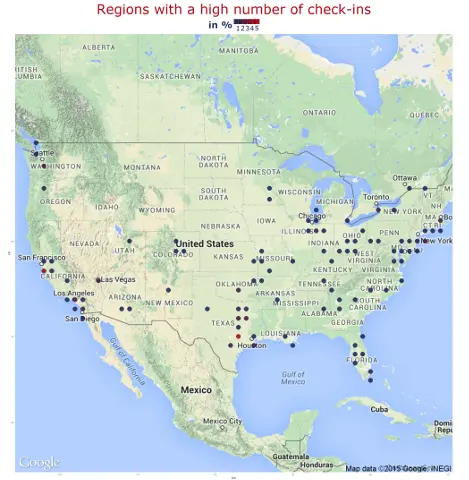
This article shows how to use k-d-trees with Apache Spark.
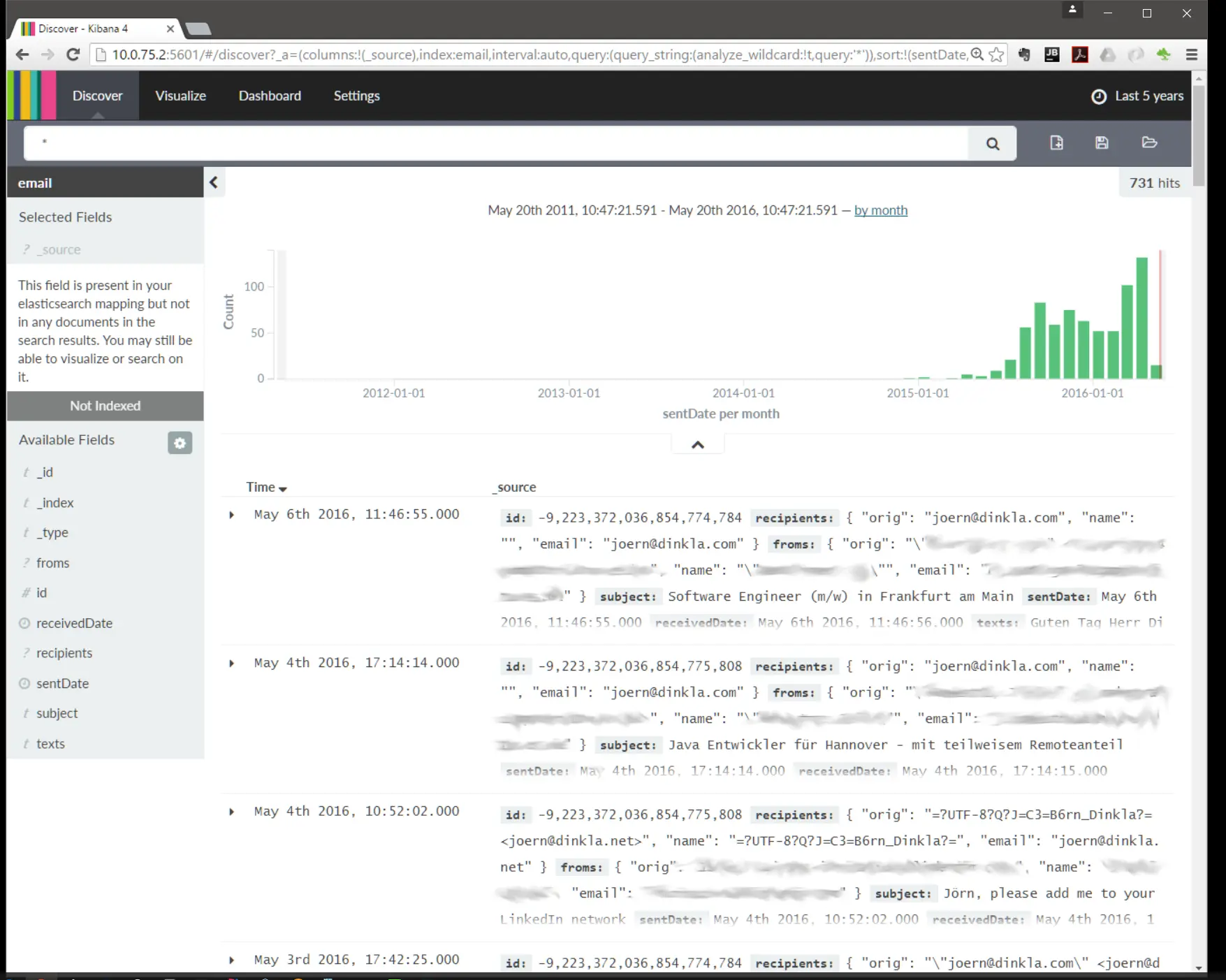
This is the last part in a series of four. It shows how to analyse the emails with Kibana.
This is the third part in a series of four. It explains the technical background.
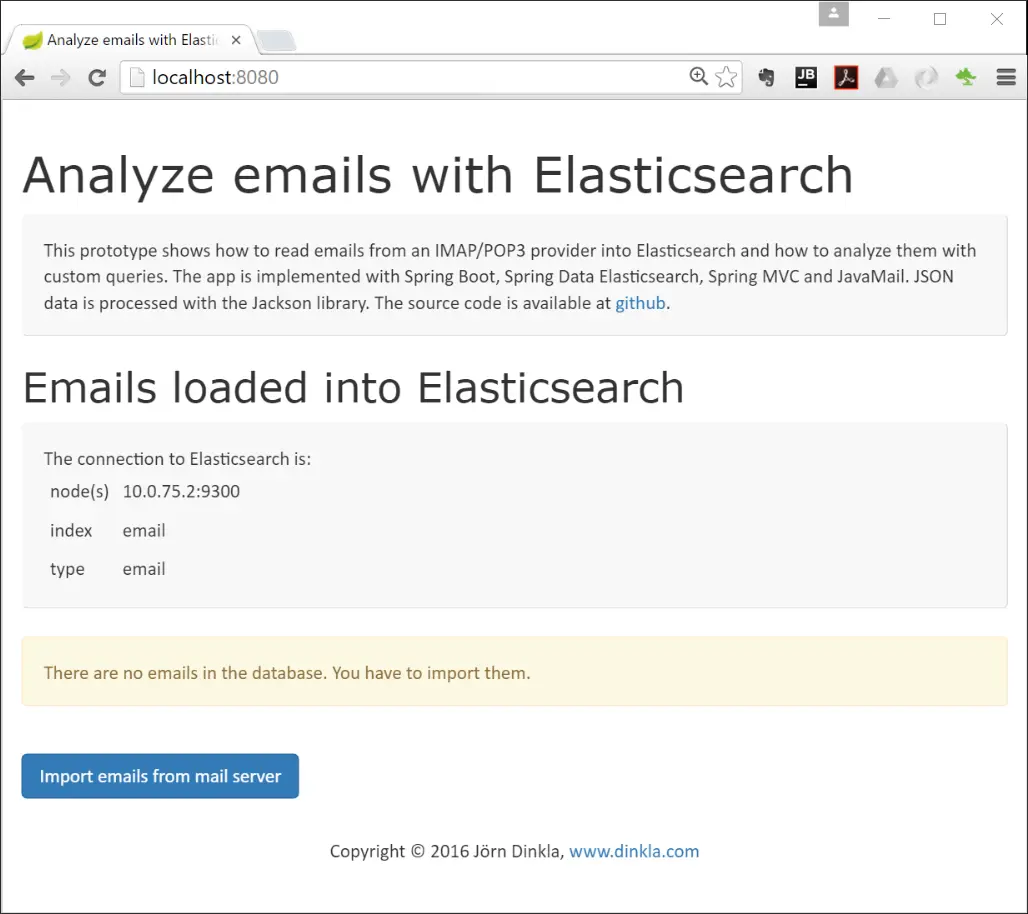
This is the second part in a series of four. It shows installation and usage.

This article shows how to use Elastiksearch database with Spring Boot. It is the first in a series of four.
The implementation of the heat diffusion equation on multiple GPUs is explained in the talk (in german).
During my talk at the parallel 2015 conference i was asked how one can measure traffic on the PCI express bus. For multi GPU computing it is very important to...
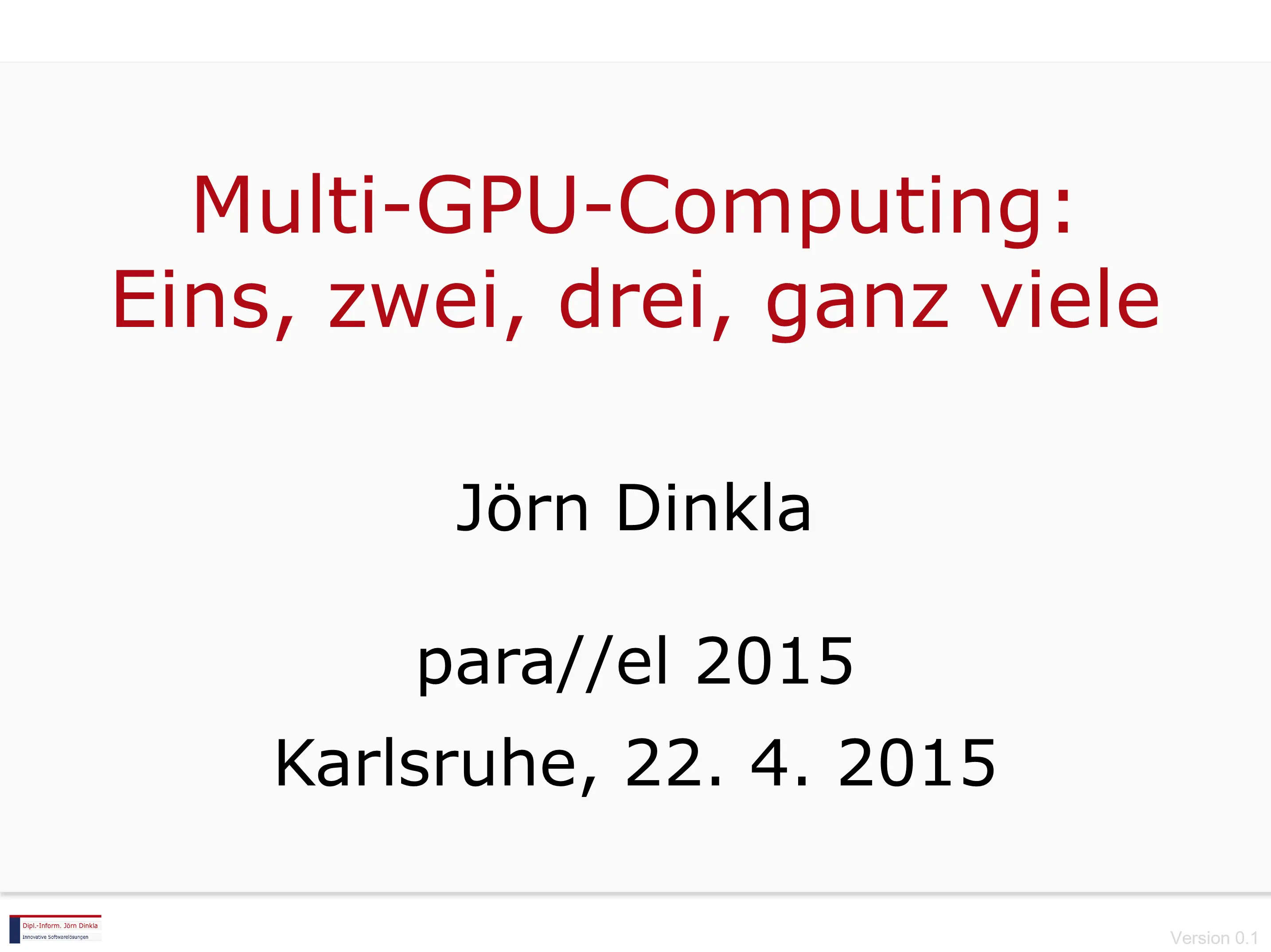
At the parallel 2015 conference I gave an introduction into Multi-GPU programming with Cuda, OpenCL and C++ AMP.
With Babel you can test many features of the upcoming next version of JavaScript called ECMAScript 6 now.
I tested the parallel ray tracer on all NVIDIA cards i bought. This page contains the results.
I wanted to learn some frameworks for parallel computing and i decided to implement a simple ray tracer as a "visual benchmark".
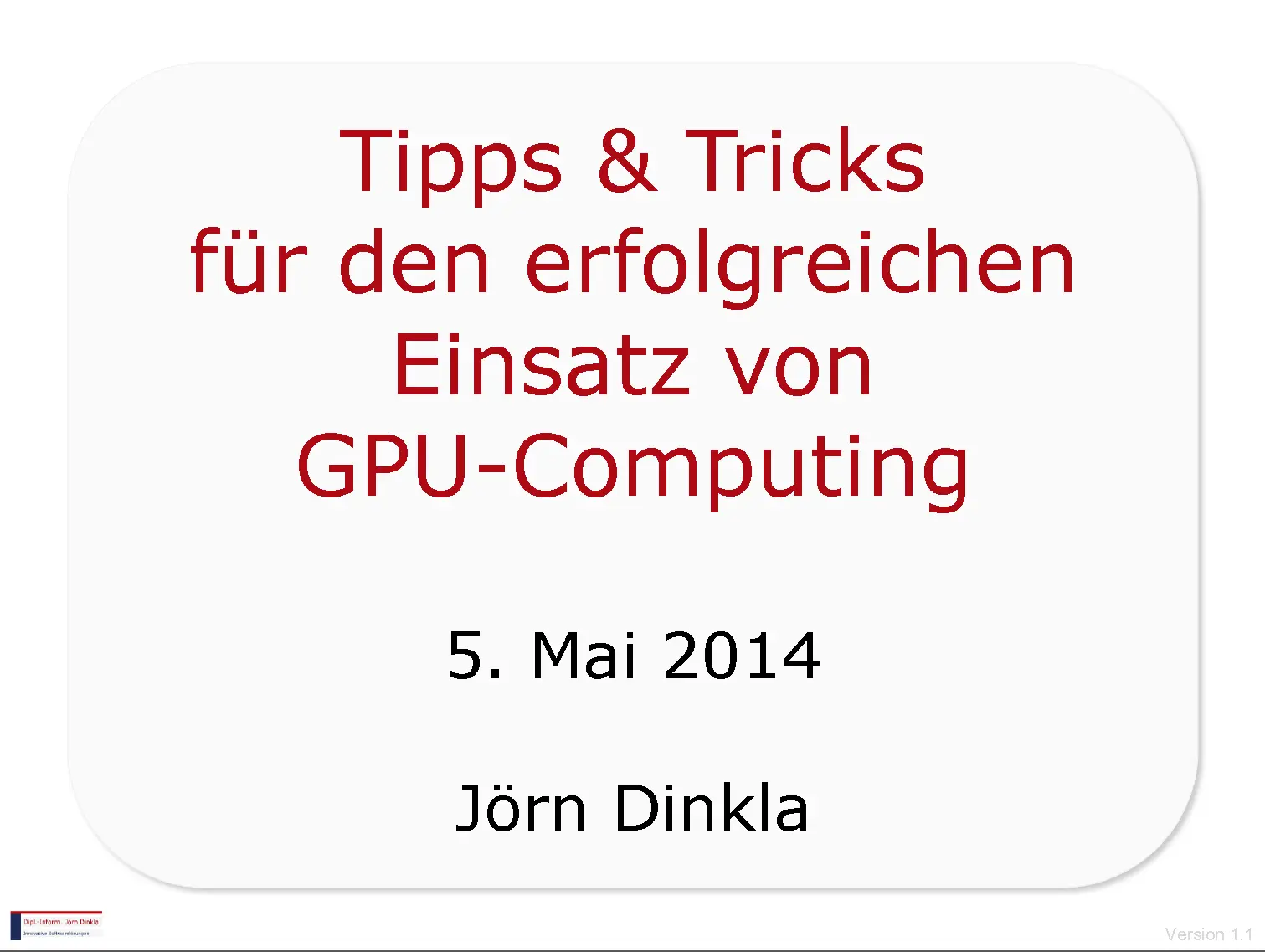
At the parallel 2014 I gave an introduction into the optimization of GPU kernels.

"Massiv parallel - Grundlagen der GPU Programmierung"
"GPU-Programmierung in der Praxis mit CUDA"
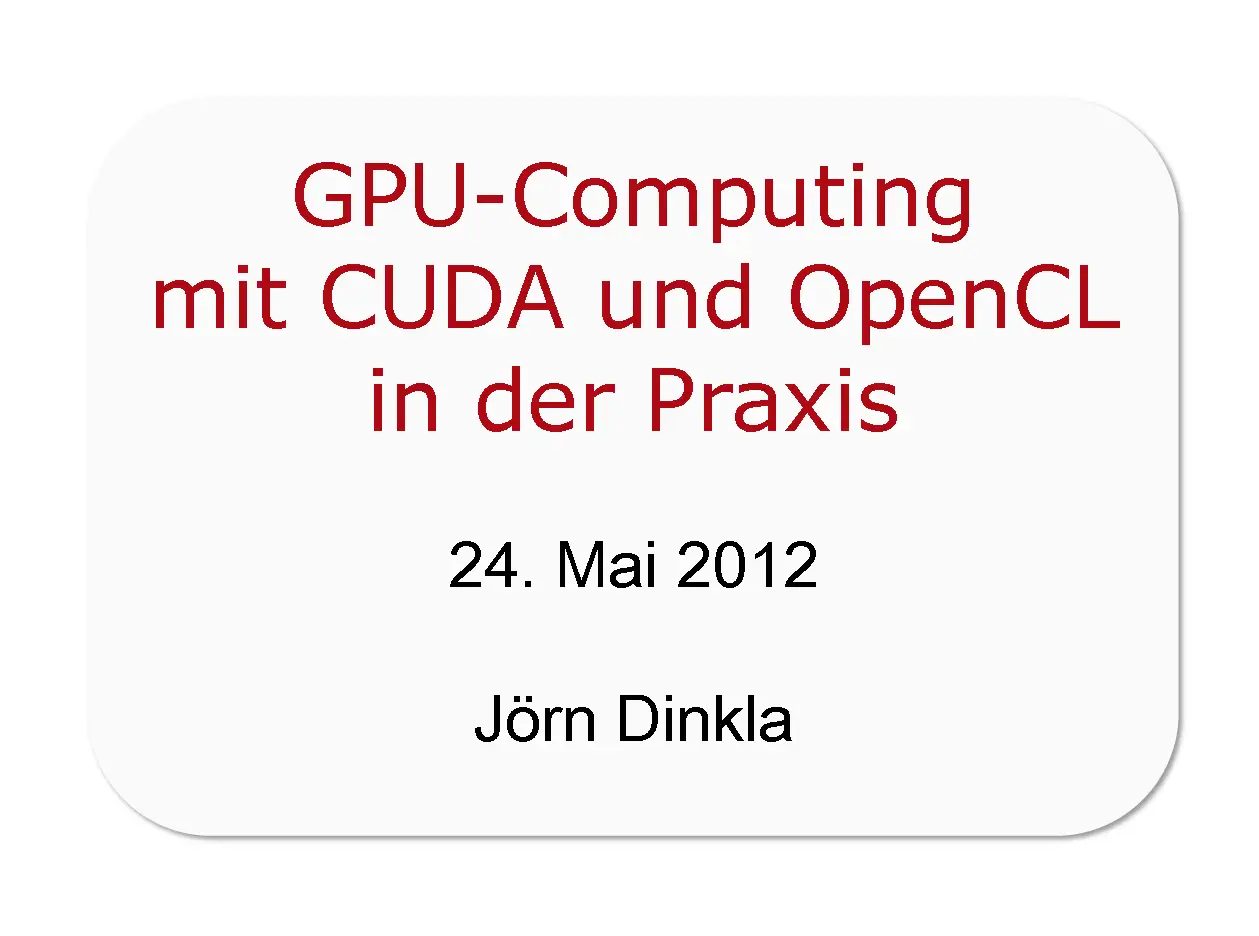
At the parallel 2012 I presented my experiences and learnings I gathered in GPU computing projects.
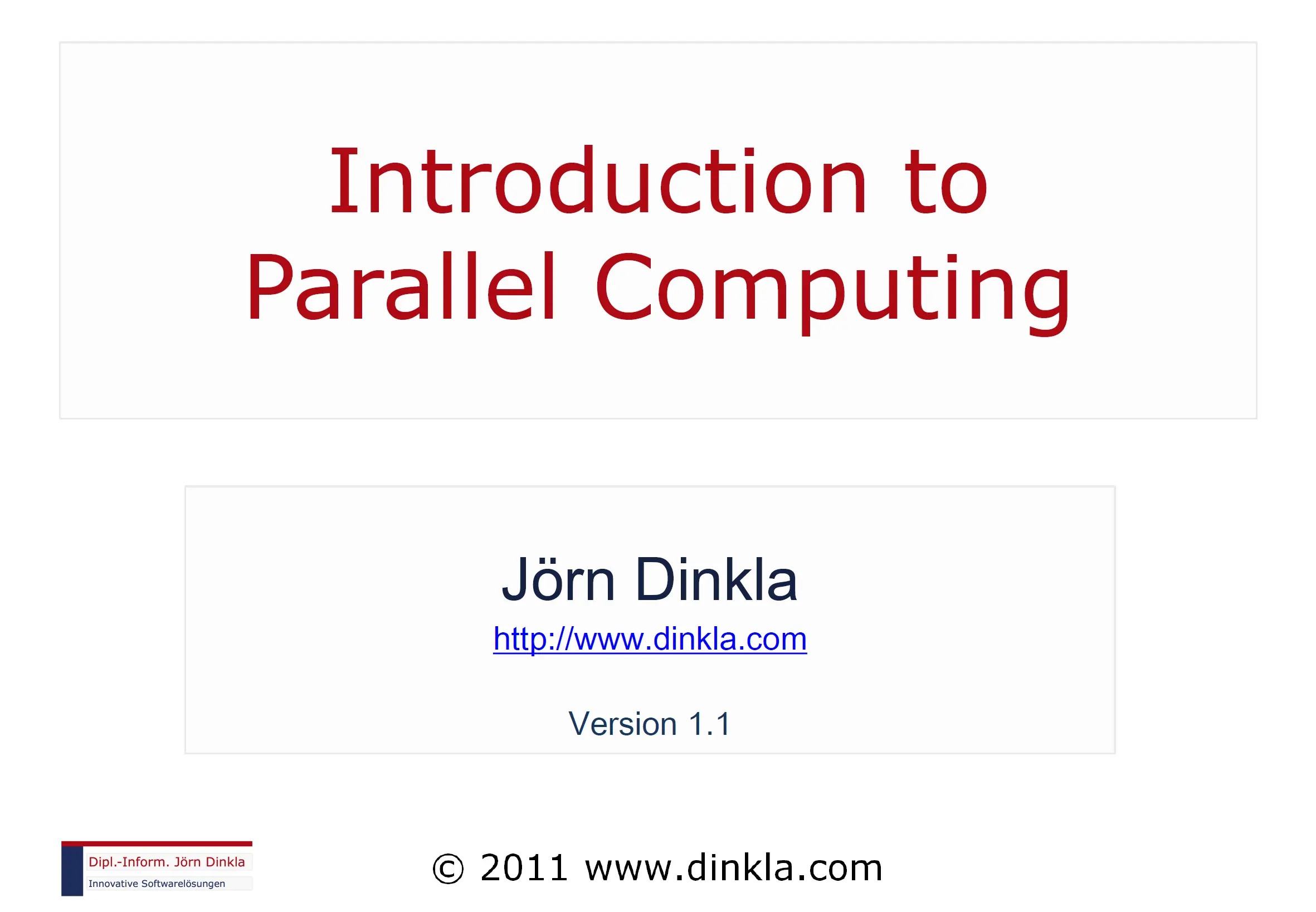
These slides are for a course about parallel computing.

The OpenCL standard is not always easy and the technical proof was a challenge, because the code had to run on different os'es and platforms.
During the christmas holidays i tried out Scala and TestNG with Gradle.
On April 1st, Sony released an update for the PlayStation 3 that discontinued support for Linux. This move angered many, sparking intense reactions and discussions.
From 2002 to 2006, I worked at a Canadian manufacturer of a column-oriented database.
During the christmas holidays i rewrote my ray tracer for the NVIDIA CUDA architecture.
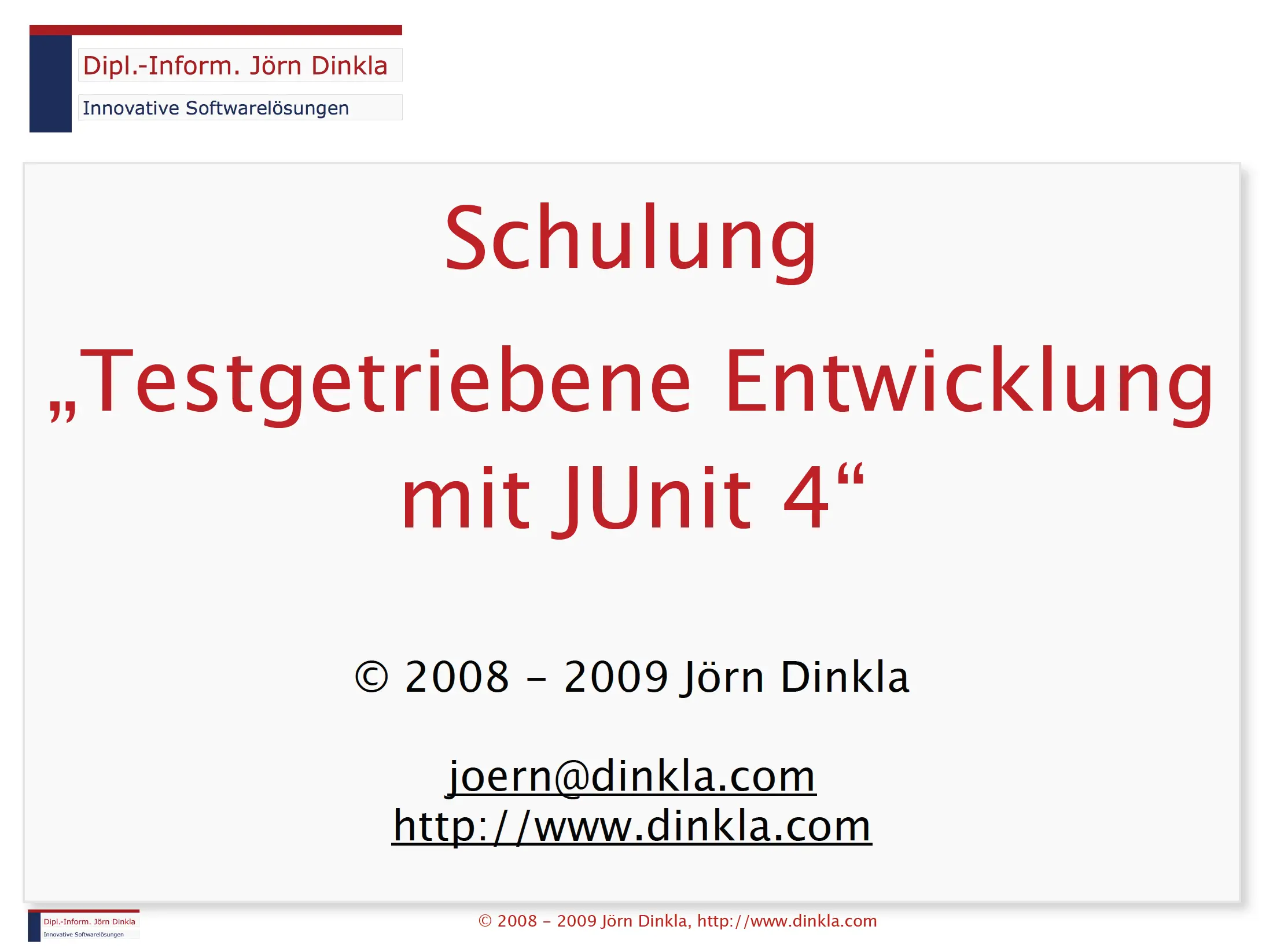
This training teaches test-driven development with a focus on JUnit 4. Other frameworks such as JUnit 3 and TestNG are briefly introduced as well (as of 2009).
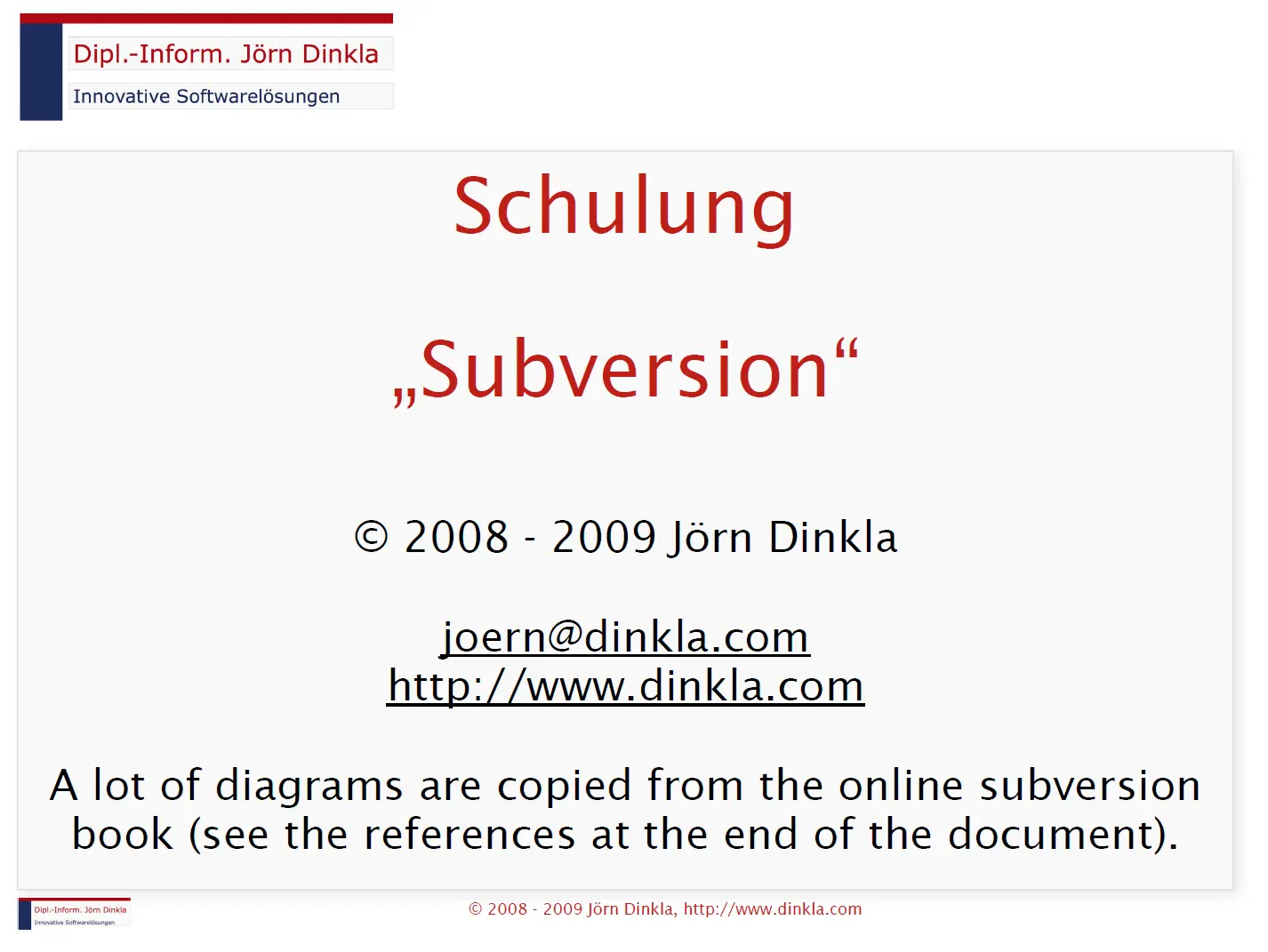
This training on Subversion covers practical version control workflows.
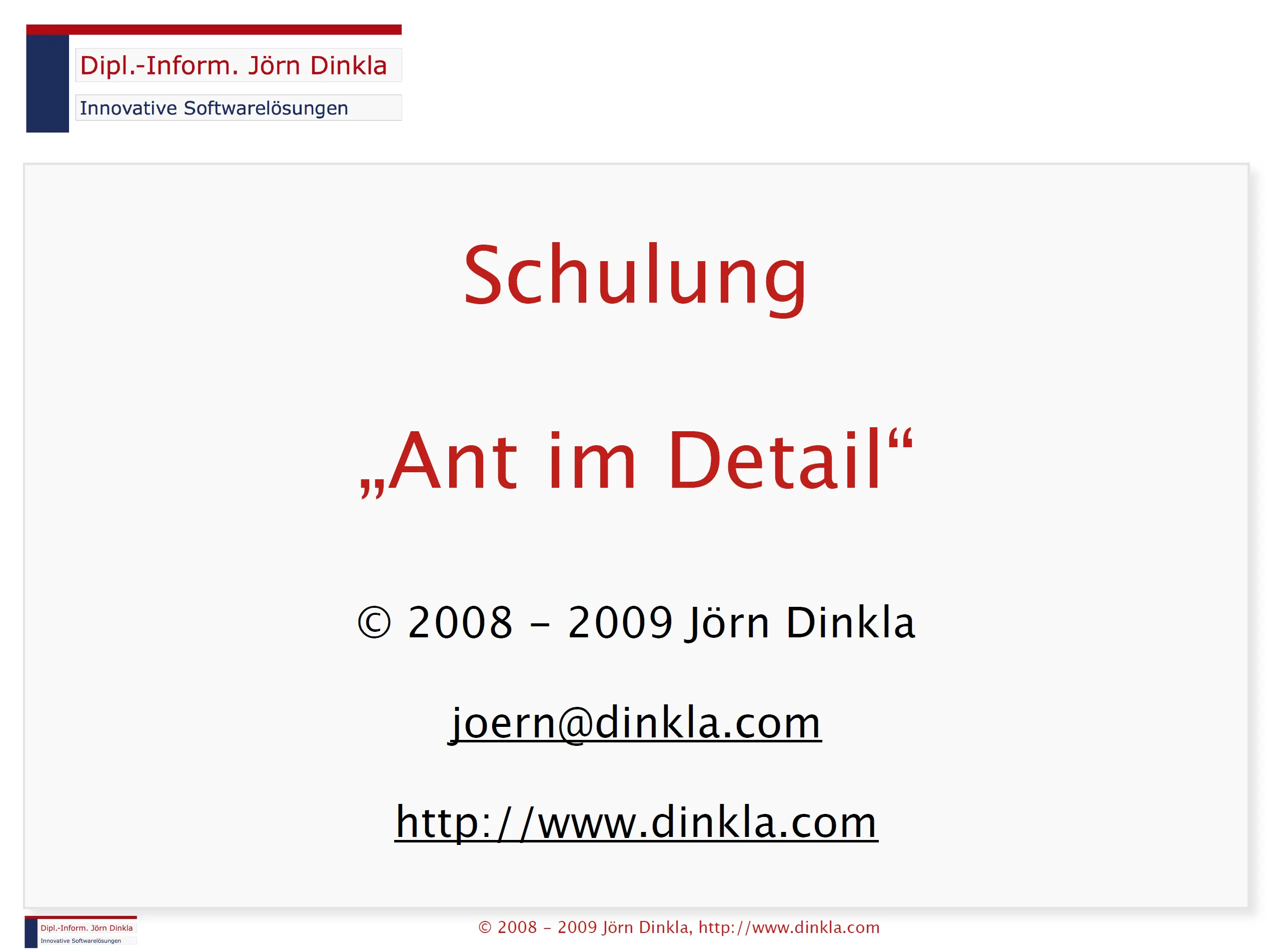
Apache Ant offers a lot of capabilities that many teams never end up using. This training dives into Ant’s more advanced features (as of 2009).
I installed Snow Leopard on my laptop yesterday. I was very curious about OpenCL and installed the drivers and the GPU Computing SDK from NVIDIA.
I wrote the Groovy EMF builder and the Groovy UML2 builder. These tools use the builder concept of the programming language Groovy to ease the processing of Eclipse Modelling Framework...
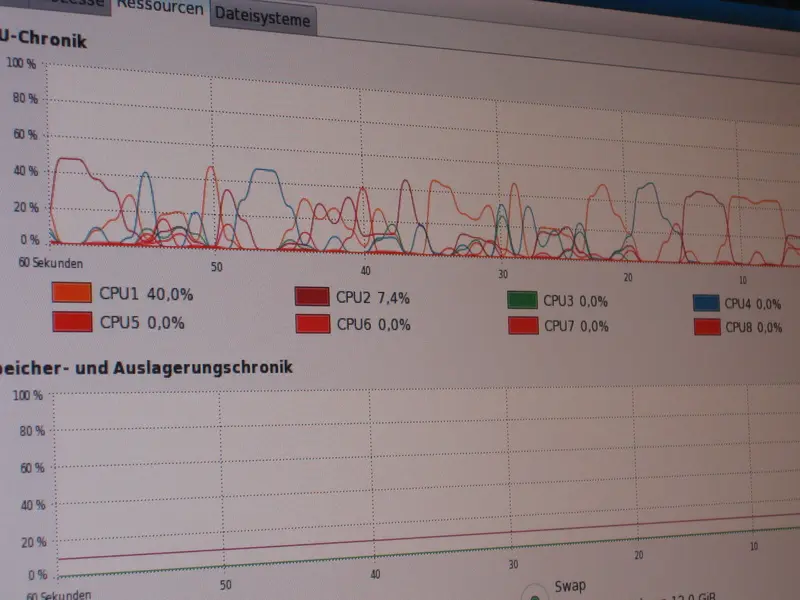
I have got a new computer. As alway i build it myself. How much faster is it?
The functional programming language Haskell provides a very easy way of parallelization.

I tested my ray tracer on Intel Core i7 920 @2.67 MHz.
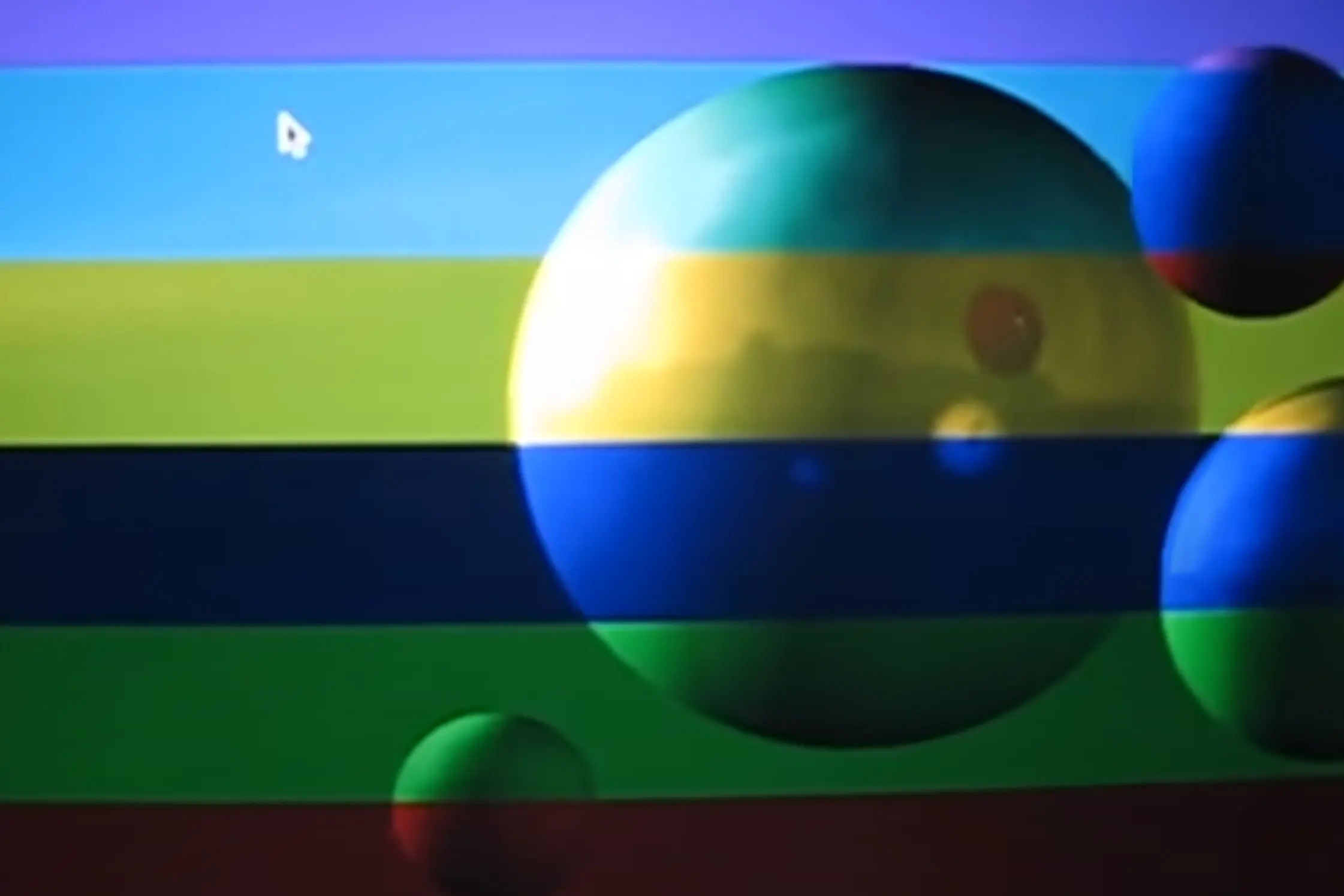
I tested my ray tracer on my Mac Book Pro.

I wanted to learn about the cell broadband engine in the Playstation 3 and wrote a parallel ray tracer for it.
I am fascinated by the possibilities of modern computer graphics. It all began while playing the game Little Big Planet. It does not look like a computer game. It looks...
Almost 10 years after the initial release, i released an updated version of the library of geometric algorithms in Haskell. It now builds with Cabal and requires the Glasgow Haskell...
Memoization is a well known optimization technique to avoid repeated calculations. With dynamic programming languages like Groovy it is possible to extend the behaviour of an already exisiting class at...
The german magazine JavaSpektrum organized the "Dynamic Languages Shootout" contest for the OOP 2008 conference. The challenge was to create a computer game similiar to Scrabble in a dynamically typed...
JRuby provides access to Java packages, so it is possible to use packages created with the Eclipse Modeling Framework (EMF).
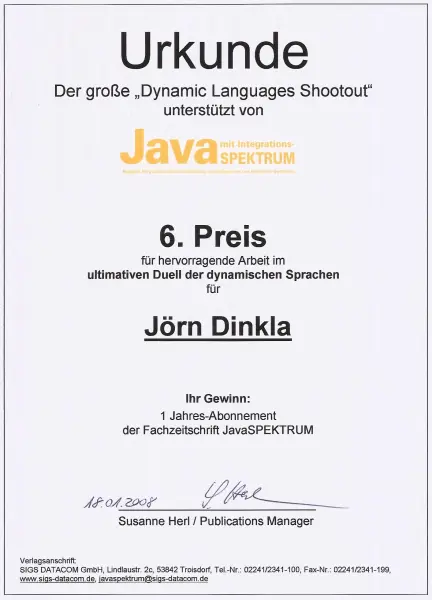
The challenge was to implement Scrabble® in a dynamically typed programming language. I used Groovy and Grails.
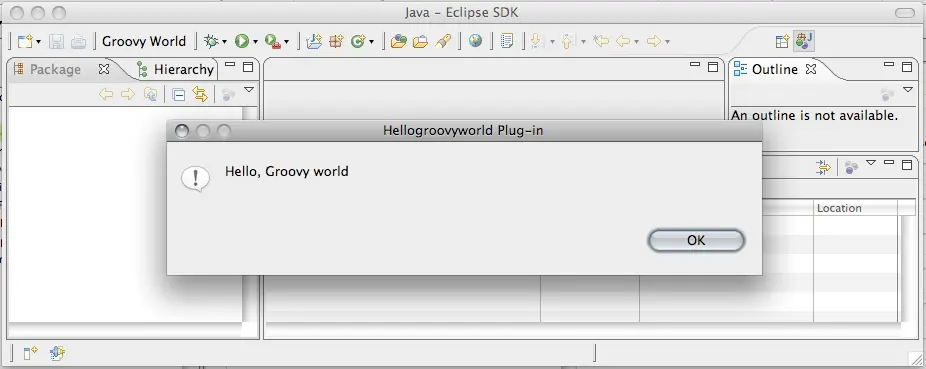
Writing plugins for Eclipse with other languages than Java is not officially supported, but there is a way to write an Eclipse plugin with Groovy only.
I participated at Eclipse BugDays in July, August, September, October, and November 2007 and helped debugging the Eclipse projects JDT, PDE/UI, and ECF.
The UML2 project provides an EMF based implementation of the UML 2.x metamodel in Java. With the EMFBuilder it is possible to create and process UML2 models.
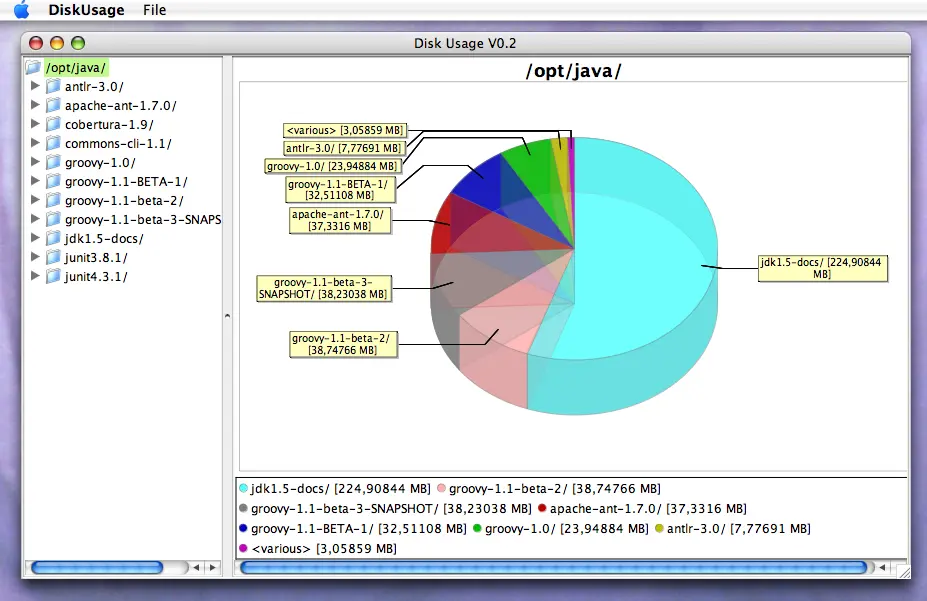
While i was cleaning up my hard disk on my Linux in 2007, i needed a program that displays the disk usage graphically. I didn't find a suitable one on...
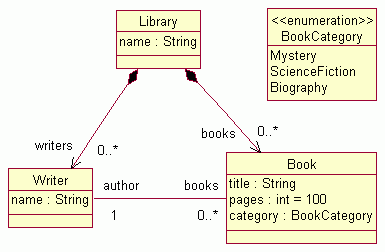
This article shows how Groovy can be used with the Eclipse Modeling Framework (EMF).

The Common Warehouse Metamodel (CWM) is a standard by the Object Management Group (OMG). The intention of CWM is to define a standard for metadata in Data Warehouses and Business Intelligence applications.
Here’s my second solution for the quiz No 74. It generates text with a first or higher order Markov chains. See also the first order version.
Here’s my solution for the quiz No 74. It generates text with a first order Markov chain.

When i first heard of the Eclipse Modeling Framework (EMF) i got really excited, i tried it out and i wanted to use it.
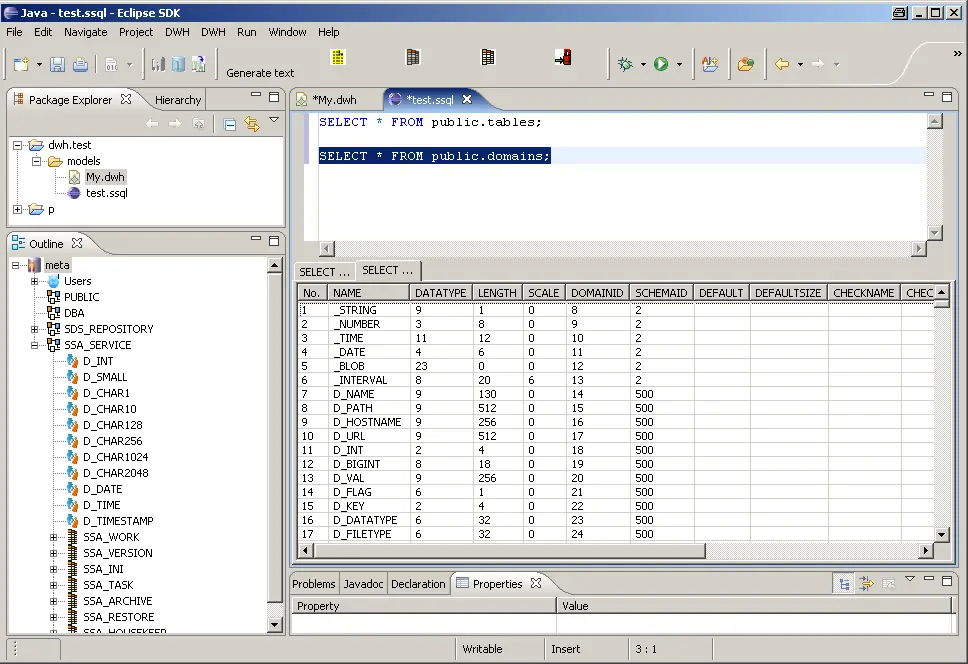
I wanted to find out how hard it is to build a language editor in Eclipse. Back then I didn’t know of any open-source SQL editor (and there wasn’t one...
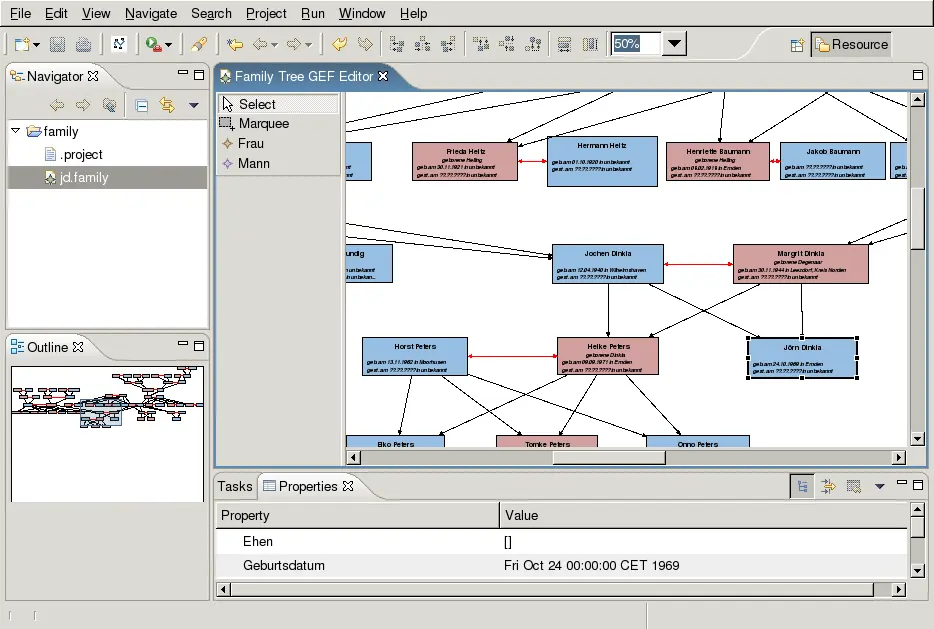
Over Christmas 2004, I built an EMF plugin for family trees. Around Easter 2005, I finally found the time to develop a GEF-based editor for it.
From 1999 to 2004, I collected information on the topic of ‘Fraud detection’ on my website. When I started this in 1999 as a research assistant at the University of...

In my diploma thesis I investigate functional programming and geometric algorithms
In this seminar paper (1996), written during my graduate studies in computer science, I cover scheduling algorithms for distributed real-time systems.
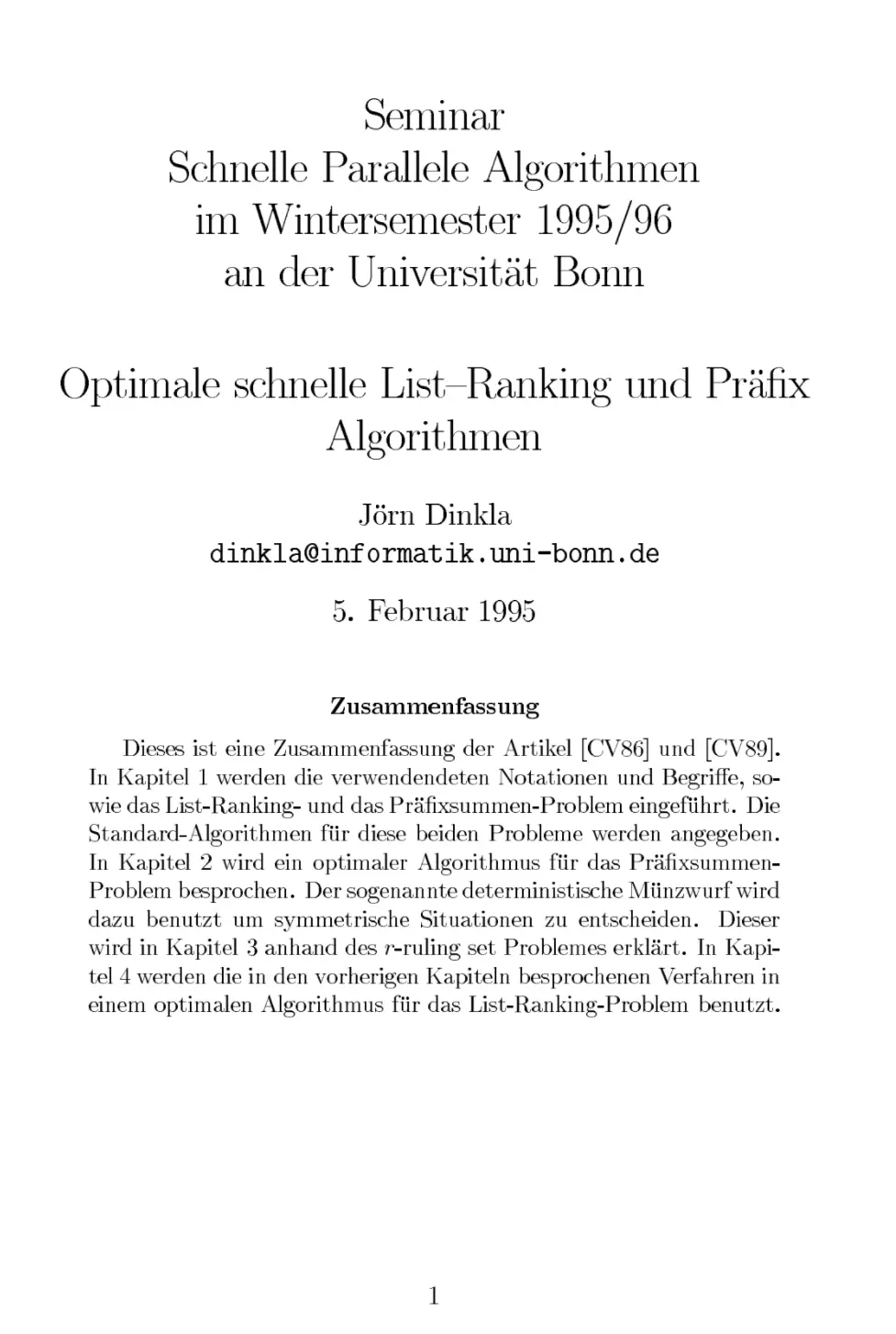
A seminar paper on optimal parallel algorithms for prefix sums and list ranking.
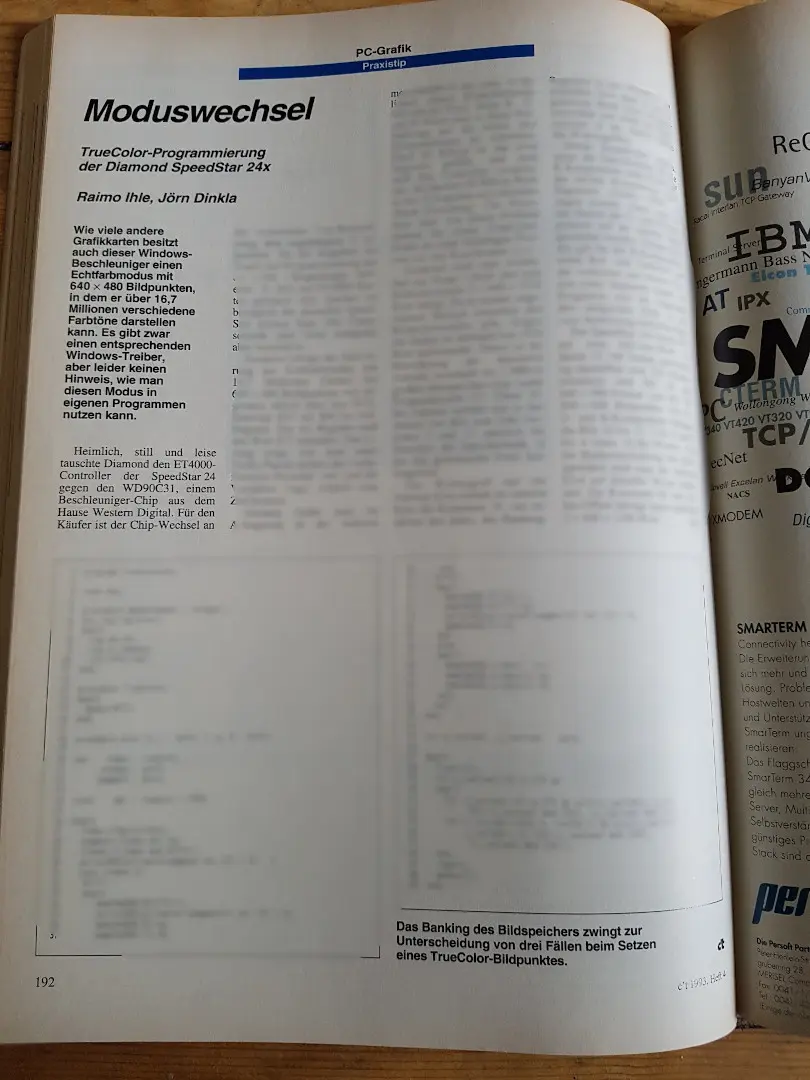
Programming TrueColor graphics with the Diamond Speedstar 24x